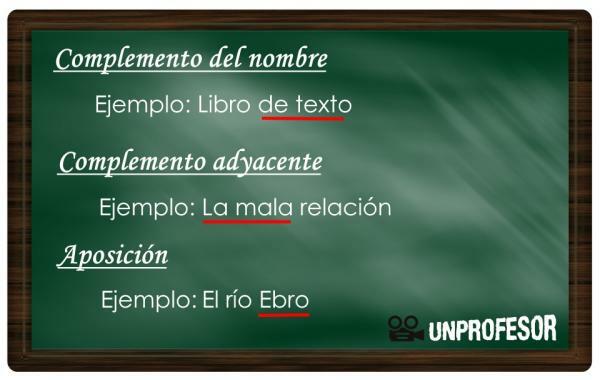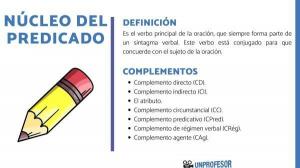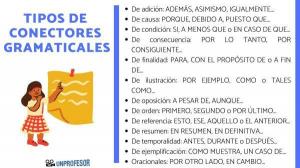Name complement, adjacent and apposition

Within the noun phrase (SN) we find elements that provide extra information about the meaning of the noun that acts as the nucleus of the noun phrase. These elements are called name complements (CN).
These plugins can be of different types. According to their morphological characteristics and their functions within the noun phrase, we distinguish three types: the complement of the noun (prepositional complement), the adjacent and the apposition. Below we explain what each of them consists of and what their differences are.
The name complement It is the denomination that all those syntactic elements that complement a noun receive in a generic way. In this way, the most frequent is that the complement of the name is a prepositional phrase that modifies the nucleus of the corresponding noun phrase and depends directly on it.
Here we give you some noun complement examples:
- Book of text
- Hake to the roman
- Center from the city
- Driver bus
For this reason, although both the adjacency and the apposition also function as noun complements, prepositional complements are commonly called noun complements.
In this video of a PROFESSOR we discover the complement of the noun, the adjective and the adverb.
In parsing it is called adjacent to the function of modify the core of the noun phrase the one who accompanies. The adjacent is usually a qualifying adjective, so it agrees in gender and number with the noun it describes.
This adjacent adjective can be placed either in front of the noun or behind it. Here are some adjacent plugin examples:
- The warm reception
- The bad relationship
- The pens blacks
- Heaven blue
The apposition is a syntactic construction formed by two nouns united grammatically. Parallel to the adjective, the apposition can be of two types: if it delimits the meaning of the noun it accompanies, it is a specific apposition. Let's look at some examples of specific appositions:
- The king Philip VI
- The street Tetouan
- The uncle Pepe
- The river Douro
If, on the contrary, the apposition explains and details elements already known or provides information which can be deleted without affecting the meaning of the noun it complements is called explanatory apposition and it is characterized because it is usually written between commas:
- Mrs. Irene, the language teacherher, she told me that she had approved.
- My brothers, Miguel and Javier, they are also coming to the party.
- Paris, the capital of France, it is my favorite city.
Note that, in the three previous examples, the explanatory appositions are placed between commas and, although it is true that they provide information that may be useful, they are not completely necessary to understand the full meaning of the sentence. Thus, we can say: Lordship Irene told me that she had approved; My brothers are also coming to the party or Paris is my favorite city.
In this video of a PROFESSOR we discover the subordinate clause types what's in Spanish.
So, to know the difference between noun's complement, adjacent and apposition we have to remember that, as we have seen before, the name's complement designation groups together different types of linguistic elements.
As a general rule, name complements are identified with prepositional phrases, however, when the complement of the noun is not introduced by a preposition but rather is a qualifying adjective, it receives the adjacent name.
If, on the contrary, we find a syntactic construction composed of two syntactic elements of which, the second complements the first, we are facing a apposition.
If you want to read more articles similar to Complement of the noun, adjacent and apposition - Differences, we recommend that you enter our category of Grammar and Linguistics.



